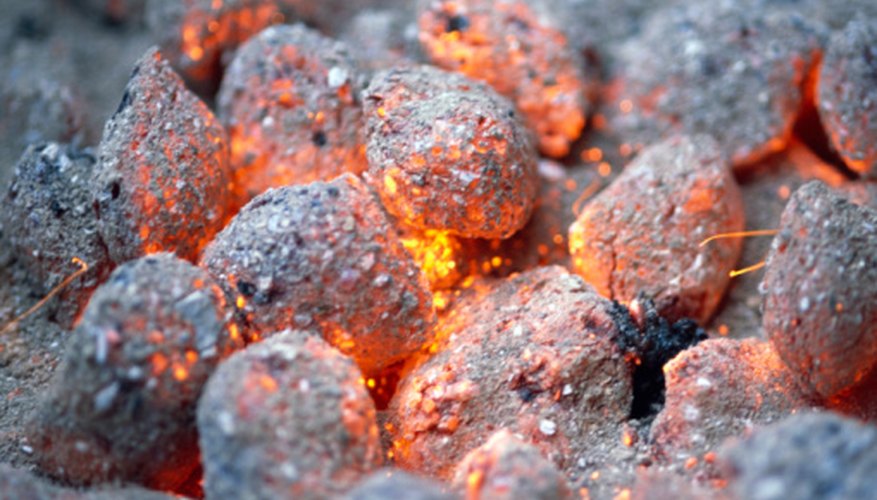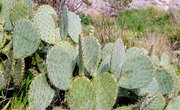
Liquid lighter fluid is an accelerant used to light charcoals in a backyard grill. It is specially designed to produce low volatile organic compounds when burned, and its fumes will not negatively impact the taste of the food. It comprises a mixture of a tarpene oil typically made from citrus oil and short-chain alcohol like ethanol or methanol. It can also contain water, a surfactant and a thickening agent.
Flammability
Because it is used to light the charcoal of a backyard grill on fire, lighter fluid is extremely flammable. With the exception of the possible water element in it, the main ingredients of oils and alcohols are flammable. The fumes are also flammable, and in large quantities, they can cause fire to travel a considerable distance. Lighter fluid is also highly combustible and should be stored in a closed container, used in a well-ventilated area and kept away from a strong heat source or sparks.
Solubility
Because of its hydrocarbon elements, liquid lighter fluid is not easily dissolved in water. If it is spilled into water or on a wet surface, the fluid will gather on the surface, which can catch on fire. However, lighter fluid will evaporate quickly and dissipate into the air and has a small potential to bioaccumulate in the ecosystem. Even though it is not completely soluble in water, it is poisonous to fish and other wildlife if a high enough concentration is introduced into their environment.
Toxicity
Lighter fluid is toxic to humans, animals and particularly aquatic organisms. It can cause discomfort and irritate the skin, but it can seriously irritate the eyes. If ingested, lighter fluid can irritate the mouth and digestive tract. In its vapor form, it can be inhaled and irritate the respiratory tract. Because it is toxic to aquatic organisms, a large enough spill or runoff can harm fish and wildlife.
Physical Properties
Lighter fluid is a colorless, clear liquid that has a mild odor of organic solvents. It is insoluble in water but can mix with organic solvents, which makes it useful as a spot cleaner and glue remover. It is readily able to evaporate with a low vapor pressure of 2.04 mm Hg at 20 degrees Celsius. Its melting point is less than minus-30 degrees Celsius, and its boiling point ranges from 100 to 155 degrees Celsius depending on its composition.
References
Writer Bio
Kevin Carr has been writing for a variety of outlets and companies since 1991. He has contributed to McGraw-Hill textbooks for middle school and high school, written for the Newspaper Network of Central Ohio and has been a featured film critic for online publications including 7M Pictures and Film School Rejects. Carr holds a Bachelor of Science in education.



